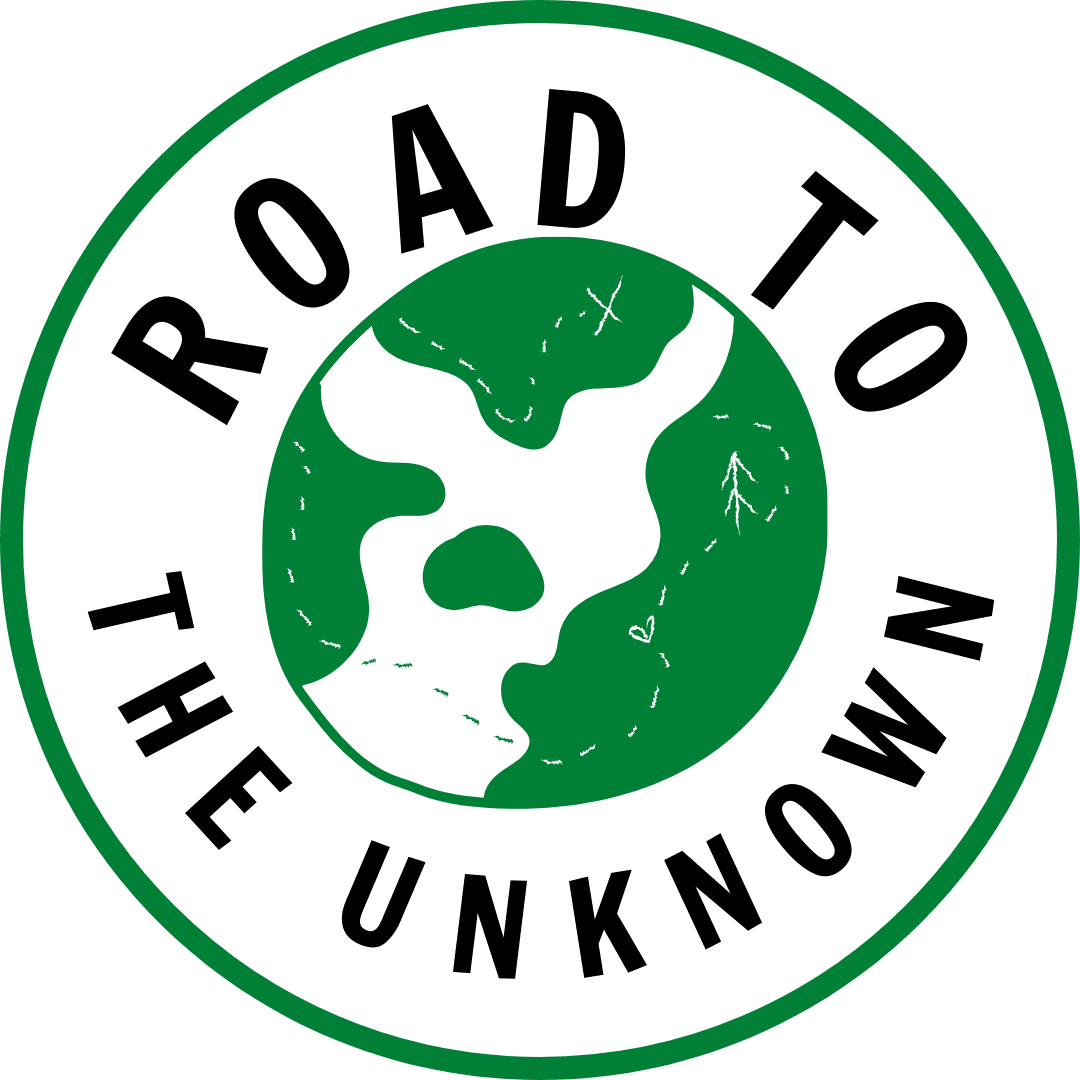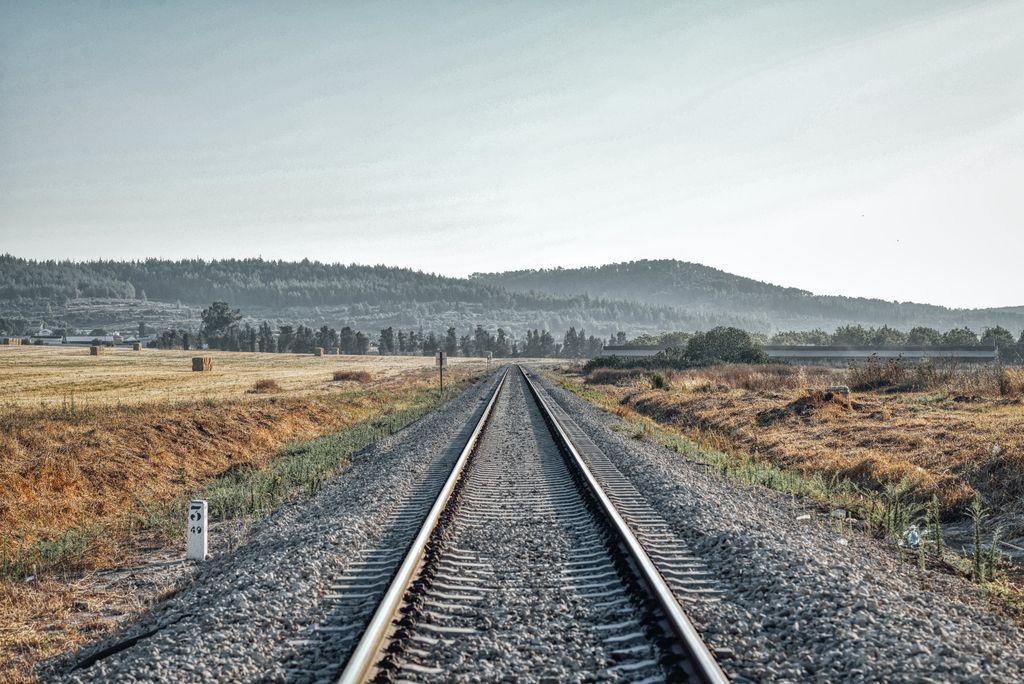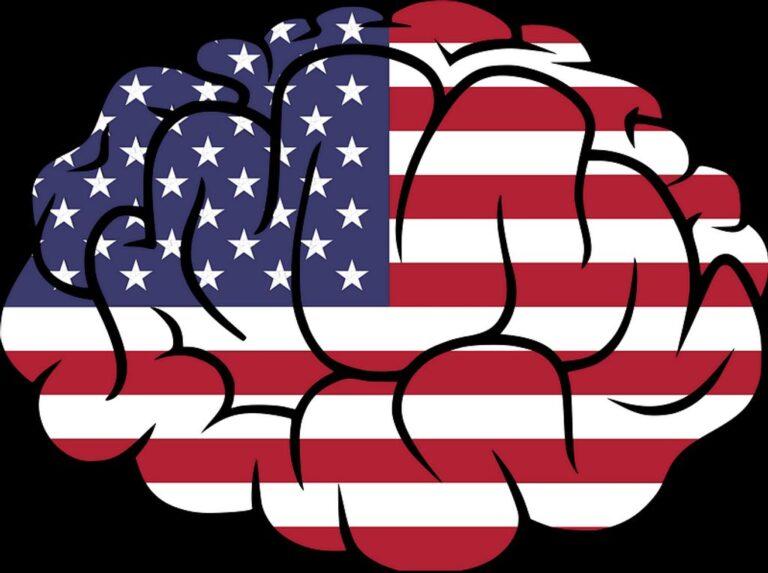Eurail, a giant in the rail pass industry, has a rich history and a global influence that has shaped the way people travel. This article aims to uncover the ownership and governance of Eurail, as well as its impact on the travel industry. Additionally, it will explore the challenges and controversies surrounding Eurail, including competitive landscape, pricing, and regulatory issues.
Key Takeaways
- Eurail’s origins can be traced back to the 1950s when it was established to promote tourism in Europe.
- The Eurail Pass has evolved over the years to become a popular choice for travelers exploring Europe by train.
- Eurail’s expansion into new markets has contributed to its global influence and partnerships with various railway companies.
- Competitive pricing and accessibility are key challenges for Eurail, as it seeks to remain competitive in the travel industry.
- Regulatory issues, such as rail network access and pricing regulations, pose challenges for Eurail’s operations and growth.
The History of Eurail
Origins of Eurail
Eurail began as a way to simplify cross-border train travel in Europe. It was launched in 1959, targeting overseas visitors. The pass allowed unlimited travel across multiple countries, making it a hit among tourists.
- Initially, Eurail was available in 13 countries.
- It aimed to boost tourism and foster European unity.
Eurail’s inception marked a new era in international rail travel, offering unprecedented freedom to explore Europe.
The pass quickly became synonymous with adventure and cultural exchange for young travelers. Its popularity helped to cement the concept of a connected Europe.
Evolution of the Eurail Pass
Since its inception in 1959, the Eurail Pass has undergone significant changes. The pass has evolved from paper to digital, simplifying travel for millions. Initially, it was a ticket bundle for non-European tourists to explore Europe by train.
Over the years, the pass has expanded to include more countries and train services. Here’s a quick look at its evolution:
- 1959: Introduction of the Eurail Pass
- 1970s: Expansion to include more European countries
- 1990s: Introduction of flexible pass options
- 2000s: Partnerships with national rail services
- 2010s: Digitalization of the pass
The digital shift has made the Eurail Pass more accessible and user-friendly. Travelers can now plan and adjust their journeys with ease. The pass has become a symbol of the freedom to explore Europe’s diverse landscapes and cultures.
Impact on Travel Industry
Eurail has significantly shaped the travel landscape. It made exploring Europe more accessible and affordable.
- Simplified cross-border travel
- Boosted tourism in connected countries
- Influenced travel habits, favoring train over air for short distances
Eurail’s influence extends beyond convenience, fostering a culture of rail travel among backpackers and seasoned tourists alike.
The pass has also spurred economic growth in areas previously less visited, diversifying tourist destinations.
Eurail Ownership and Governance
Key Stakeholders
Eurail’s key stakeholders are primarily European railway and shipping companies. These entities play a crucial role in the governance and strategic direction of Eurail. The consortium includes numerous national train operators and ferry services, each with a vested interest in the pass’s success.
- National railway companies
- Private railway operators
- Ferry service providers
- Associated travel and tourism organizations
The collaboration between these stakeholders ensures Eurail’s alignment with the broader transportation and tourism goals of Europe. Their collective input shapes Eurail’s offerings to meet the evolving needs of international travelers.
Ownership Structure
Eurail’s ownership is a tapestry of various national railway companies across Europe. The majority stake is held by a consortium of European rail operators. This includes big names like SNCF in France and Deutsche Bahn in Germany, among others.
Ownership is not just about holding shares; it’s about influence and control. The consortium operates through a series of agreements that define the roles and contributions of each member. Here’s a snapshot of the ownership structure:
- SNCF (France)
- Deutsche Bahn (Germany)
- Trenitalia (Italy)
- Renfe (Spain)
- And others from across Europe
This diverse ownership reflects Eurail’s commitment to facilitating pan-European travel. It’s a unique model that has allowed Eurail to thrive in a competitive market.
Decision-Making Processes
Eurail’s decision-making processes are key to its operations. Decisions are made collectively by the Eurail Committee, which includes representatives from each member railway. This committee meets regularly to discuss and vote on strategic directions and policy changes.
- The General Assembly, comprising all Eurail members, convenes annually.
- It ratifies major decisions and elects the Eurail Committee members.
- Operational decisions are delegated to the Eurail Management Board.
The consensus-driven approach ensures that all voices are heard, balancing diverse interests across the network.
Eurail’s Global Influence
Expansion into New Markets
Eurail’s push into new markets is a strategic move to broaden its reach. The company targets regions with high tourism potential. This expansion is not just about adding new destinations; it’s about creating a seamless travel experience.
- Asia, with its booming travel industry, is a key focus.
- South America’s diverse landscapes offer untapped opportunities.
- North America remains a challenging market with strong potential.
Eurail’s strategy hinges on understanding local travel dynamics and customer needs. The aim is to offer a product that resonates with the unique travel culture of each new market.
Partnerships and Collaborations
Eurail has forged strong partnerships across the rail industry and beyond. These collaborations enhance the travel experience for Eurail pass holders. They range from railway companies to tourism boards and local businesses.
- Railway companies provide integrated ticketing systems.
- Tourism boards offer promotional deals.
- Local businesses give discounts to pass holders.
Eurail’s partnership with ‘Sounds of Change’ is a notable example. It unites young musicians from different European countries. This initiative shows the power of cultural collaboration to drive positive change.
Social and Economic Impact
Eurail’s expansion has had a notable social and economic impact. It’s not just about connecting places; it’s about connecting people. By making travel across Europe more accessible, Eurail has fostered cultural exchange and understanding.
- Boosted local economies by increasing tourism.
- Created jobs in the travel and service industries.
- Encouraged sustainable travel over car or air transport.
The ripple effect of Eurail’s influence is evident. It’s more than a rail pass; it’s a catalyst for growth and connection.
Challenges and Controversies
Competitive Landscape
Eurail faces stiff competition in the rail pass market. Key rivals include national rail services and intercity bus companies. These competitors often offer lower prices or more flexible terms. Eurail’s unique selling point is its extensive network across multiple countries.
The competitive landscape is also shaped by emerging travel trends. For example, the rise of eco-conscious travel has seen some travelers prefer slower, scenic routes offered by competitors.
- National rail services
- Intercity bus companies
- Budget airlines
- Local tourism passes
Eurail must innovate to stay ahead in a dynamic market.
Pricing and Accessibility
Eurail passes offer flexibility but come with extra costs. Reservation fees add up, especially in first class. A Eurail Global Pass doesn’t cover all expenses; reservations are often required and can be costly.
- Global Pass purchase price
- Mandatory reservation fees
- Additional costs for premium trains
Eurail’s pricing structure can be a barrier for budget travelers, limiting the pass’s accessibility.
Understanding the full cost is crucial for travelers. It’s not just the pass; it’s the reservations that might strain your wallet.
Regulatory Issues
Eurail’s operations span multiple countries, each with its own regulatory framework. Navigating these regulations is complex and can impact service delivery. For instance, seat reservations for Eurail or Interrail passes are enabled by Rail Europe, which must comply with various national rules.
Eurail’s compliance with safety, security, and noise regulations is crucial for uninterrupted service across borders.
The company must balance the need for uniform service standards with local laws. This often leads to a patchwork of policies Eurail must adhere to. Here’s a glimpse into the regulatory landscape:
- Safety & Security: Ensuring passenger and staff safety across different rail networks.
- Noise Regulations: Adhering to local noise control laws to minimize environmental impact.
- Signalling & Communication: Integrating diverse systems for seamless travel.
These issues not only affect Eurail’s operational efficiency but also its reputation and ability to expand.
Eurail Exposed: Uncovering the Ownership of the Rail Pass Giant
In our investigation, we delve into the intricate web of ownership behind Eurail, shedding light on the key players and their influence in the rail pass industry. Stay tuned as we uncover the surprising truths behind this rail pass giant.
Frequently Asked Questions
What is the history of Eurail?
The history of Eurail dates back to its origins in post-World War II Europe, where it was created to stimulate travel and tourism across the continent. The evolution of the Eurail Pass has seen significant changes in its offerings and accessibility, impacting the travel industry in various ways.
Who are the key stakeholders in Eurail’s ownership and governance?
The key stakeholders in Eurail’s ownership and governance include a consortium of European railway companies, as well as regulatory bodies and international organizations that oversee its operations.
How does Eurail expand into new markets?
Eurail expands into new markets through strategic partnerships with railway operators and travel agencies in different regions, allowing for the introduction of Eurail Passes to new customer segments.
What is the social and economic impact of Eurail’s global influence?
Eurail’s global influence has contributed to the social and economic development of many regions by promoting tourism, supporting local economies, and fostering cultural exchange through rail travel.
What are the competitive landscape challenges faced by Eurail?
Eurail faces challenges in the competitive landscape from alternative travel options such as budget airlines and car rentals, as well as other rail pass providers in the market.
How does Eurail address pricing and accessibility concerns?
Eurail addresses pricing and accessibility concerns by offering a range of pass options to suit different travel needs and budgets, as well as initiatives to improve accessibility for all travelers.




